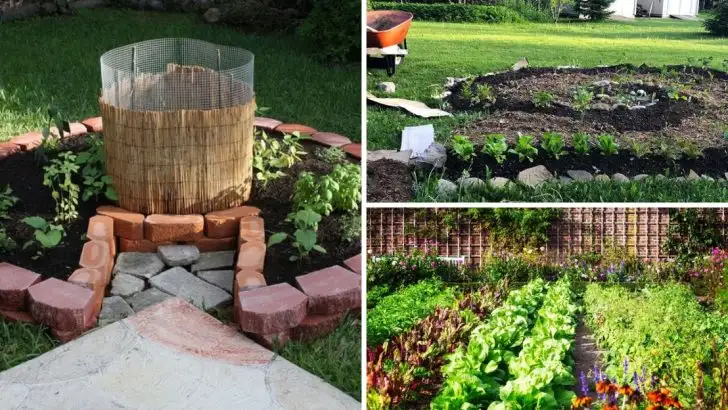Raised beds can be a smart way to garden — easier on your back, better soil control, and fewer weeds to wrestle with. But just because you’ve built one doesn’t mean it’s working as efficiently as it could. A few small design or planning missteps can quietly eat up space, making your beds look full while producing a lot less than they should.
The good news is, a little strategy goes a long way. We’re breaking down seven common mistakes that waste valuable growing space, plus seven layout ideas that help you make the most of every square inch. If your raised bed feels crowded, unproductive, or just a little off, some of these might be the fix you didn’t realize you needed.
Overcrowding Your Plants
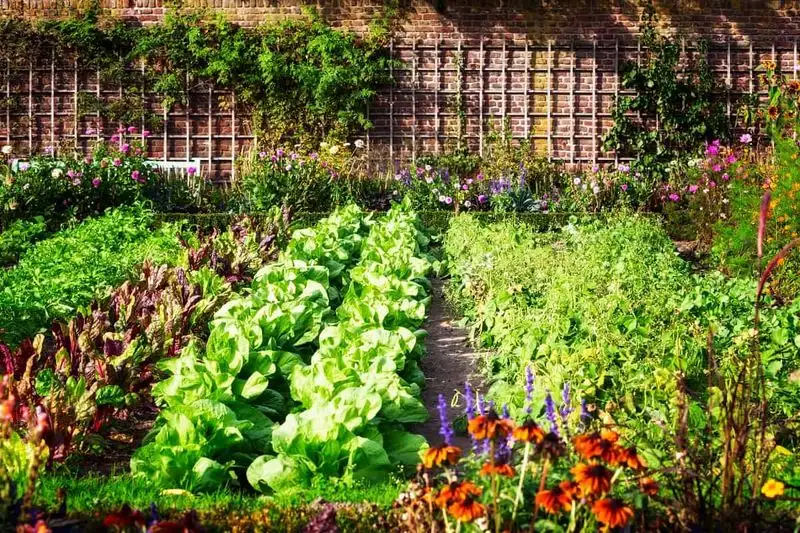
Overcrowding plants in a raised bed is like hosting a party where everyone stands shoulder to shoulder. The plants compete for sunlight, water, and nutrients, leading to stunted growth. Imagine trying to grow tomatoes, cucumbers, and peppers all in a single bed; they end up jostling for space. Allowing room for air circulation is crucial. Try providing at least a foot between large plants. By giving each plant its own space, you encourage healthier growth and better yields. Consider this your garden’s social distancing plan.
Ignoring Sunlight Patterns

Have you ever noticed how plants stretch towards the sunlight? Ignoring where the sun hits your garden can leave some plants in perpetual shade. This oversight affects their growth and productivity. Imagine a bed placed right next to a tall fence; the shadow might block essential morning light. To maximize light exposure, align your beds north to south. This allows the sun to reach both sides evenly. Think of sunlight as your garden’s fuel, and position your ‘solar panels’ wisely to harness its full potential.
Poor Soil Quality

The backbone of any successful garden is its soil. Using poor-quality soil in raised beds is like building a house on sand. It lacks the structure and nutrients plants need to thrive. Imagine planting in soil that drains too quickly or holds water like a sponge. Both scenarios hinder plant growth. Start with a balanced mix of topsoil, compost, and organic matter. This rich foundation supports healthy roots and robust plants. A well-prepared bed is your garden’s launchpad to success.
Neglecting Companion Planting
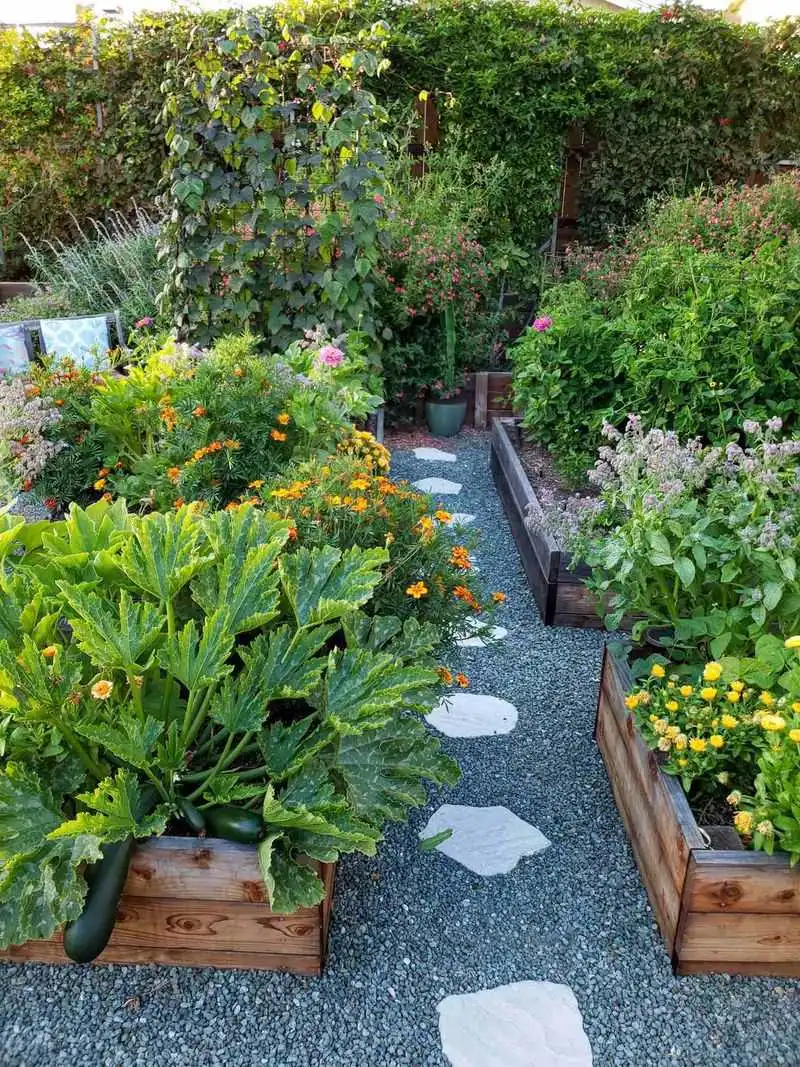
Companion planting is like matchmaking for your garden. Neglecting it means missing out on natural benefits like pest control and improved growth. Imagine planting carrots next to dill, enhancing their flavors while deterring pests. Conversely, placing beans near onions can sabotage both crops. Consider your plants’ friendships carefully. By pairing them wisely, you create a harmonious environment where they support each other. Your garden becomes a thriving community, full of life and productivity.
Overwatering
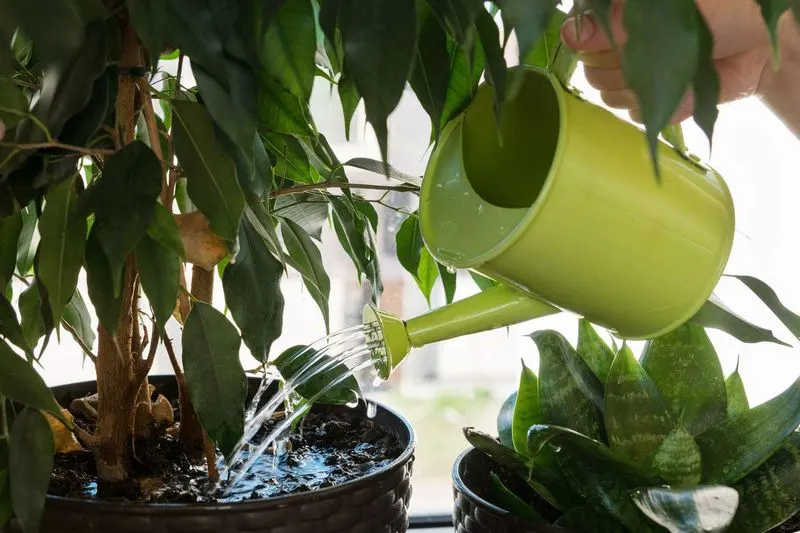
Overwatering is a common pitfall that turns your raised bed into a soggy mess. It’s like giving a plant endless drinks without allowing it to dry out. This can suffocate roots and promote diseases. Picture a bed with water pooling at the edges, leaving plants gasping for air. Instead, adopt a more measured approach. Use a soil moisture meter to check when your plants truly need hydration. By quenching their thirst appropriately, you ensure they thrive without drowning.
Inadequate Bed Height
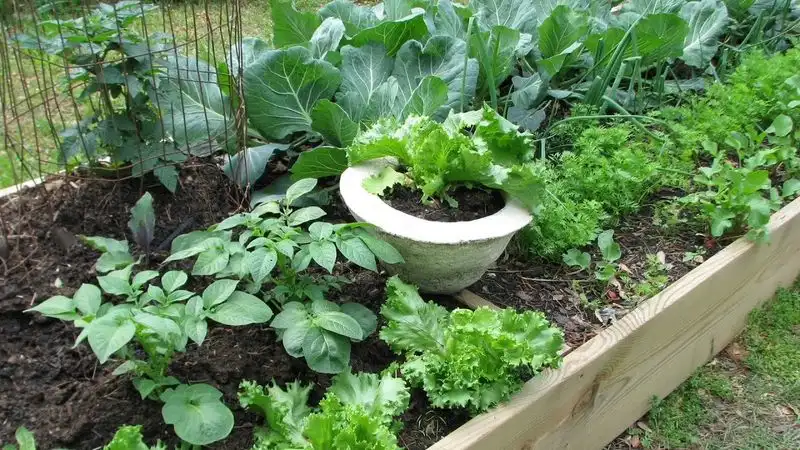
The height of your raised bed plays a crucial role in plant development. Building beds too low limits root expansion and reduces soil volume for nutrients. Imagine roots peeking above the soil, struggling to grow. Taller beds also ease the strain on your back during planting and harvesting. Aim for a height that accommodates deep roots, such as 12 to 18 inches. This provides ample space for roots to dive deep and access more nutrients, leading to robust growth.
Using Fixed Layouts
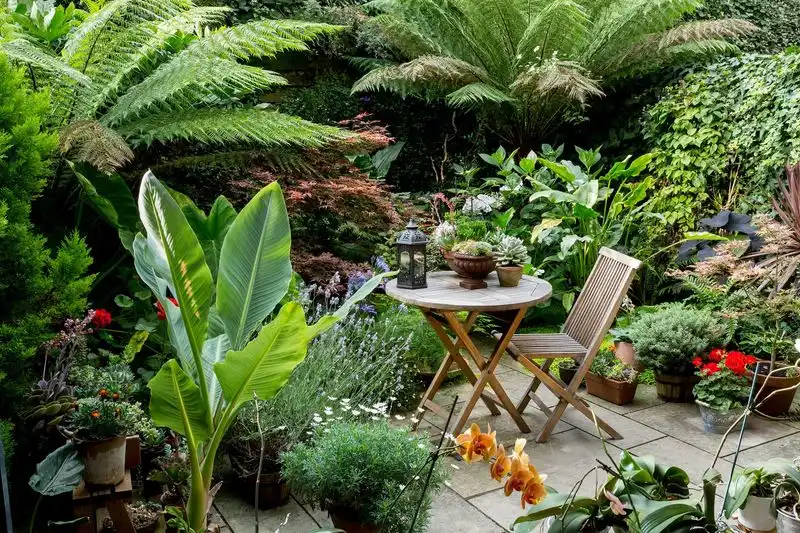
Gardens are dynamic, and using fixed layouts in raised beds is like sticking to a strict seating chart. It stifles creativity and adaptability. Consider a layout that changes with the seasons and plant needs. Mixing perennials with annuals or using modular designs lets you customize your space. Think of your garden as a canvas, and allow yourself the freedom to rearrange and experiment. This flexibility maximizes space efficiency and boosts your garden’s productivity.
Vertical Gardening
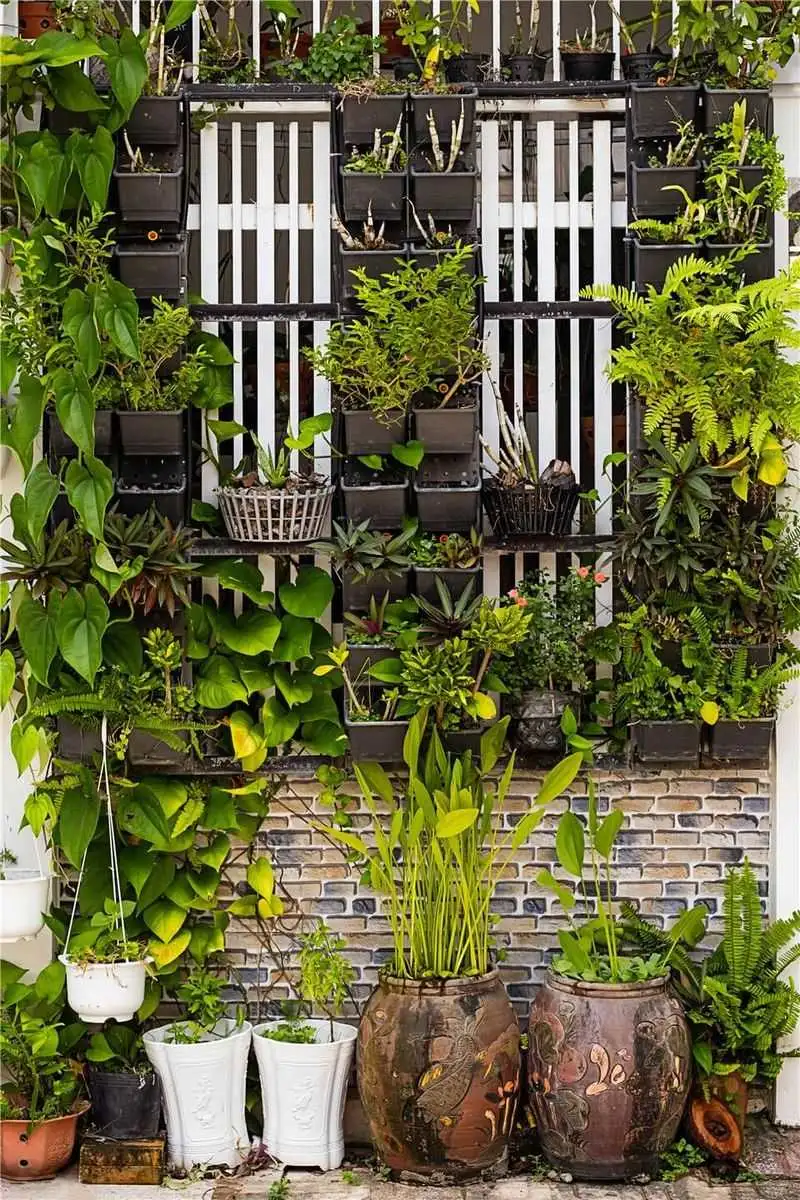
Vertical gardening transforms your raised bed into a skyscraper of green. By growing upwards, you free up precious ground space for other crops. Picture peas climbing a trellis or strawberries cascading down a vertical planter. This method not only saves space but also adds visual interest to your garden. Vertical structures can support vining plants and make harvesting easier. Embrace this innovative approach to maximize your garden’s capacity and enhance its aesthetic appeal.
Square Foot Gardening
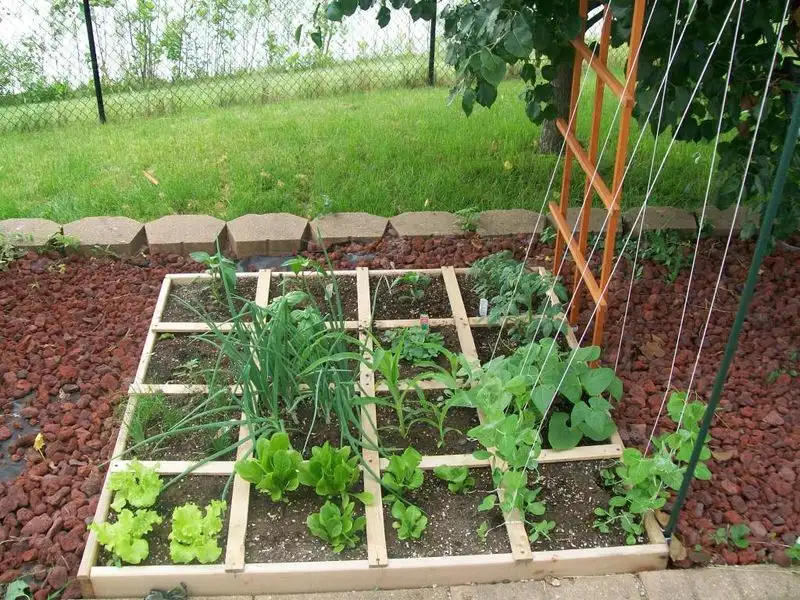
Square foot gardening is a precise technique that optimizes every inch of your raised bed. By dividing the bed into square-foot sections, you allocate space efficiently. Imagine a grid where each square hosts a different plant, tailored to its size and growth habit. This method simplifies planting, reduces waste, and allows for easy rotation and succession planting. It’s a systematic approach that ensures no space goes unused, providing a bountiful harvest from even the smallest areas.
Companion Planting Layouts
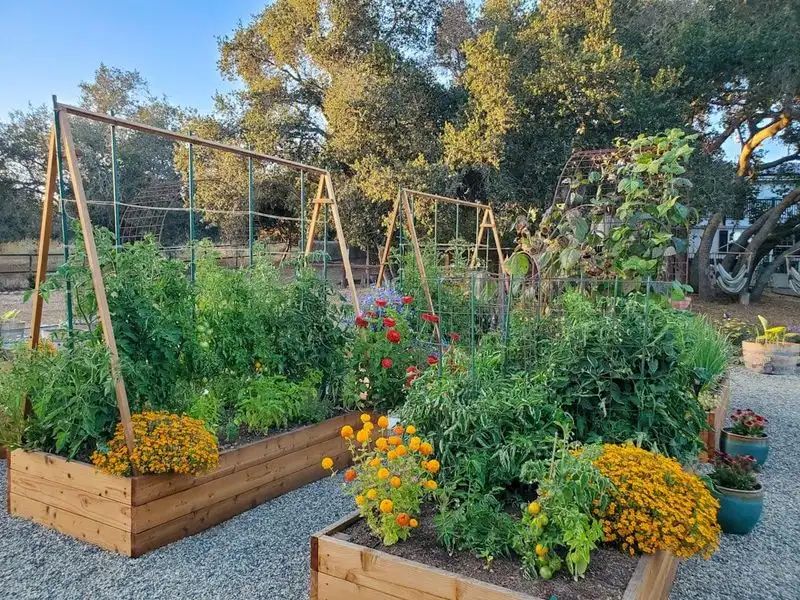
Companion planting layouts create a symbiotic environment where plants support each other. Imagine tomatoes and basil nestled together, enhancing each other’s growth while deterring pests. By thoughtfully arranging your plants, you harness natural benefits, reducing the need for chemical interventions. This approach not only maximizes space but also encourages biodiversity and a balanced ecosystem. Your garden becomes a thriving network of mutually beneficial relationships, resulting in healthier plants and greater yields.
Intercropping
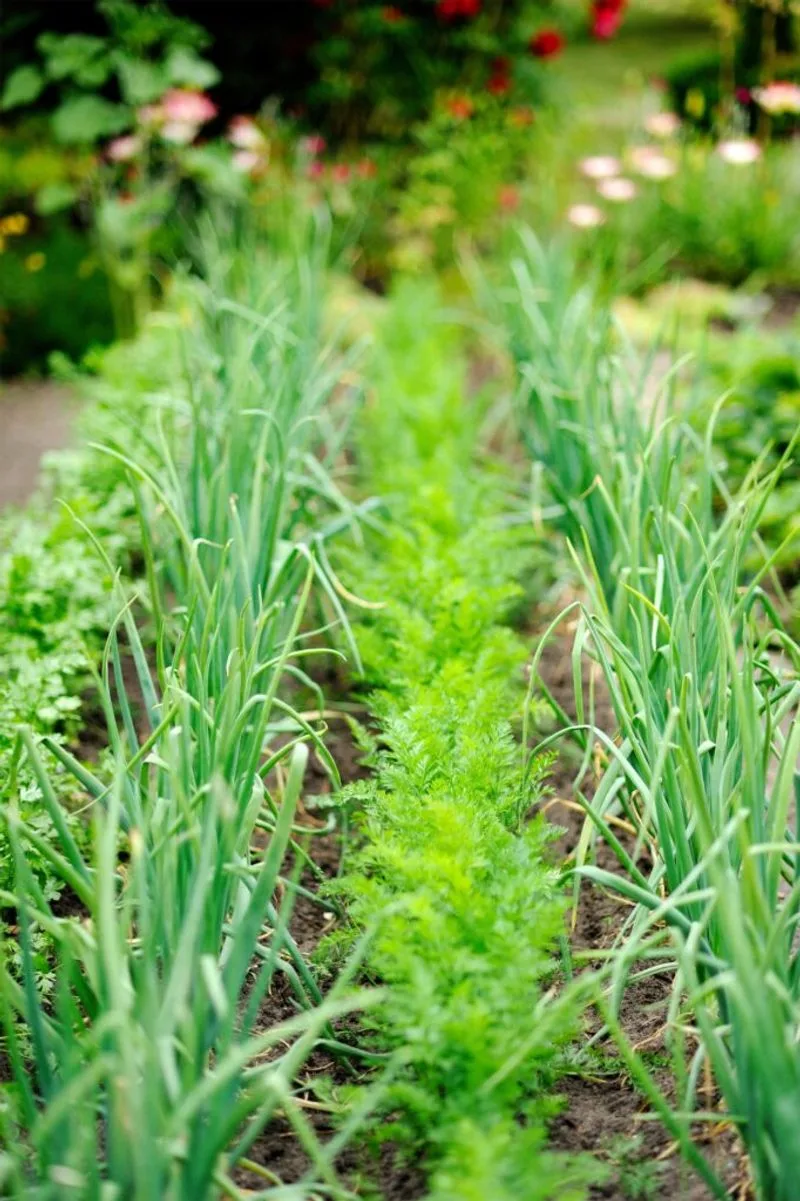
Intercropping is an artful strategy that layers plants of different heights and growth rates. Visualize tall corn towering over bushy beans and sprawling squash. This arrangement allows for efficient use of vertical and horizontal space. It reduces competition and creates a microclimate beneficial for all plants involved. By integrating various species, you not only save space but also enhance biodiversity. Your garden becomes a tapestry of textures and colors, contributing to a bountiful and diverse harvest.
Keyhole Garden

Keyhole gardens are ingenious designs that combine composting and efficient planting. Picture a circular bed with a central composting basket, surrounded by vibrant plants. This layout allows for easy access to all areas and utilizes compost to nourish the soil continuously. It’s an eco-friendly solution that maximizes productivity in small spaces. Keyhole gardens are perfect for community gardening efforts, providing a sustainable approach that conserves resources while boosting yields.
Lasagna Gardening
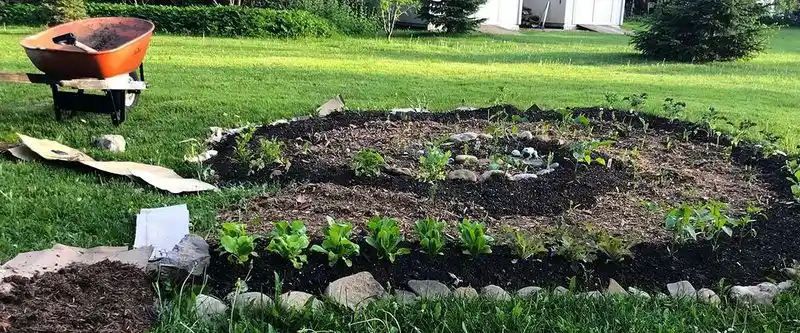
Lasagna gardening is a playful yet effective method that builds fertile soil through layers. Imagine a bed filled with alternating layers of organic materials like leaves, grass clippings, and compost. This ‘lasagna’ enriches the soil as it breaks down, providing a nutrient-rich environment for plants. It’s a no-till approach that saves time and effort. By creating these layers, you promote earthworm activity and microbial life, resulting in healthier, more productive plants that make the most of every inch.
Spiral Herb Garden
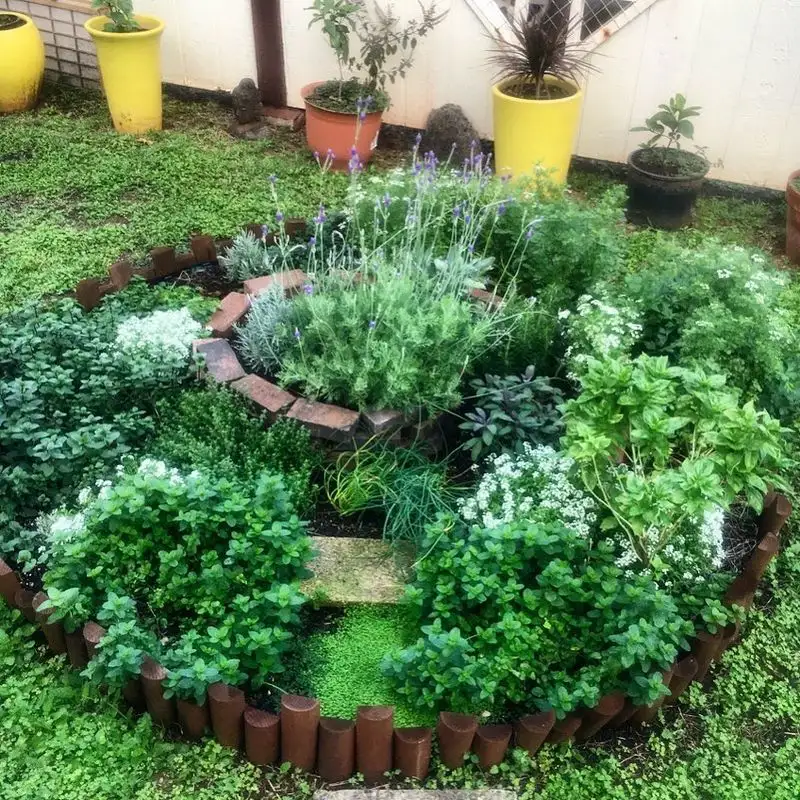
Spiral herb gardens are a whimsical and space-efficient way to grow herbs. Picture a spiral structure that winds upwards, each level hosting different herbs. This layout maximizes vertical space and creates microclimates for sun-loving and shade-tolerant plants. The spiral allows for easy access and adds an eye-catching element to your garden. It’s perfect for small spaces and can be constructed using various materials. This creative design not only conserves space but also enhances the beauty and functionality of your garden.

